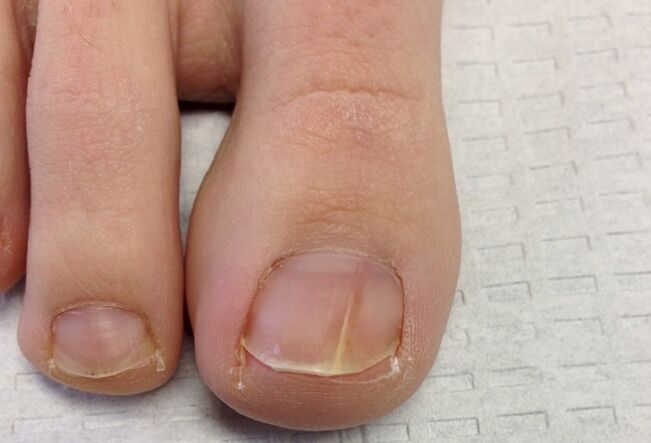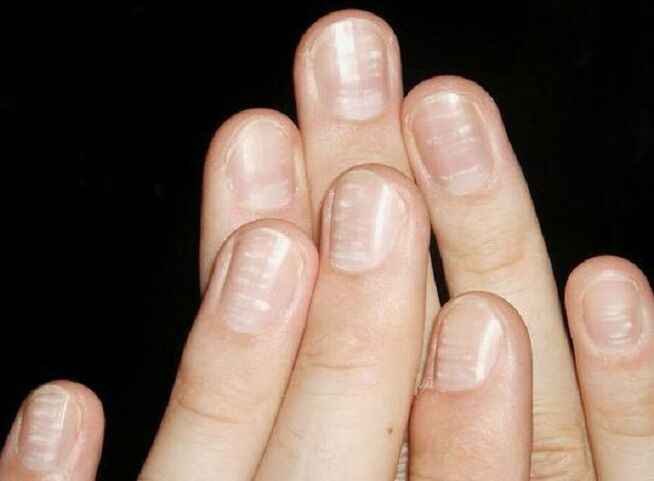
Why do the early stages of onychomycosis occur?
The disease can be "caught" in nail salons, putting both customers and employees at risk. Fungal infections often result from the use of poorly sterilized instruments.
Signs of Nail Plate Fungus



The disease can be "caught" in nail salons, putting both customers and employees at risk. Fungal infections often result from the use of poorly sterilized instruments.

